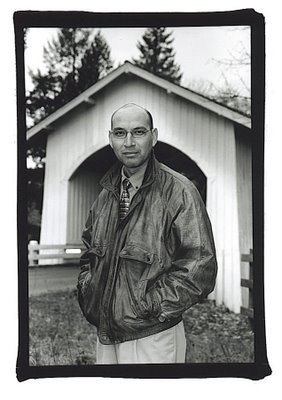The Stock Market

Up until the time it "crashed" in the mid-1990's, I was a major player in the stock market. The commodity I traded wasn't corn, pork bellies, or soy beans, but black and white sports photographs--and they were in constant demand. With at least a dozen magazines publishing on a weekly, monthly, or yearly basis, an enterprising photographer could make a decent living covering the circuit of major league baseball, basketball, and football focusing on the superstars of the games while not neglecting to capture the rookies and up-and-coming players too. But as printing technology evolved and the preference for color photography increased, the need for these black and white images diminished as well. But regardless of the format or medium that is in vogue today, the characteristics of successful stock sports photographs remains the same.
I believe an effective stock sports photo exhibits three main qualities: it's Ultra-tight, Tack-sharp, and Super-clean. Even though compelling sports action shots command these same elements, stock photos are meant to accomplish a completely different task--they are "sportraits", or singular images highlighting a specific individual engaged in their environment and position. Snapping this type of picture requires isolating the subject with the longest possible lens, the fastest shutter speed with the most shallow depth of field, and the least distracting background conceivable. So by definition, first-rate sports stock photos are simple--to read, to recognize, and to understand--but this simplicity can be deceiving.
An on-going debate remains among sports photographers about the legitimacy of shooting stock images. Some purists maintain the essence of sports photography is freezing a specific moment that embodies the competitive spirit of an event, and that stock images somehow diminish that goal. Having been on both sides of this dispute, I can say this: you can't judge a photo simply by its appearance.
While sports action photography necessitates superior knowledge of the game and the players involved, sports stock photography demands an intuitive familiarity with specific individuals and their behaviors and the subtle nuances that personify their style of play. Both types of pictures present unique challenges for any photographer, and remember--often the most basic "looking" photograph requires the greatest amount of effort.





0 Comments:
Post a Comment
<< Home